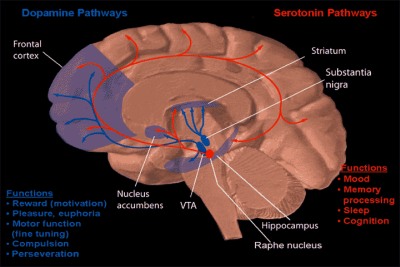It is no big story that obesity rates are rising in the US but there are new numbers out, and reccomendations from The Trust for America’s Health.
The gravy train — make that the sausage, biscuits and gravy train — just kept on rolling in most of America last year, with 31 states showing an increase in obesity.
Obesity Rates Rising in the American South
Mississippi continued to lead the way. An estimated 29.5 percent of adults there are considered obese. That is an increase of 1.1 percentage points when compared with last year’s report, which is compiled by Trust for America’s Health, an advocacy group that promotes increased funding for public health programs.
Meanwhile, Colorado remains the leanest state. About 16.9 percent of its adults are considered obese. That mark was also up slightly from last year’s report, but not enough to be considered statistically significant.
The only state that experienced a decrease in the percentage of obese adults last year was Nevada.
“Quick fixes and limited government programs have failed to stem the tide,” said Dr. Jeff Levi, executive director of the trust, in explaining the rise.
Health officials warn that the incidence of obesity in a particular state doesn’t mean it treats the issue less seriously than others. States have different challenges to contend with when it comes to obesity, said Dr. Janet Collins of the Centers for Disease Control and Prevention.
“Populations are not equal in terms of experiencing these health problems,” Collins said. “Low-income populations tend to experience all the health problems we worry about at greater rates.”
Indeed, the five states with the highest obesity rates — Mississippi, Alabama, West Virginia, Louisiana and Kentucky — exhibit much higher rates of poverty than the national norm. Meanwhile, the five states with the lowest obesity have less poverty. They are Colorado, Hawaii, Massachusetts, Rhode Island and Vermont. The leanest states shouldn’t take a whole lot of comfort in their ranking, though, said Dr. Jeffrey Koplan, a former CDC director.
“This epidemic is a nationwide epidemic. Some some states are higher, some populations have it higher, but the trend has been up in every state, the trend has been up for every ethnic group, the trend has been up for rich and poor,” Koplan said.
How Obesity is Measured
The group’s estimate of obesity rates is based on a three-year average, 2003-2005. The data comes from an annual random sampling of adults via the telephone. The information is designed to help the government measure behavioral risks among adults.
The government equates obesity with a body mass index, or BMI, of at least 30. Someone who is 5- feet 4 would have to weigh 175 pounds to reach that threshold.
The index is calculated by dividing a person’s in pounds by his height in inches, squared, and multiplying that total by 703. For some people, particularly athletes who exercise a great deal, the BMI index could show them as being obese when in fact they are in excellent physical condition.
Recommendations for reducing obesity
The Trust for America’s Health made scores of recommendations for reducing obesity.
For example:
- Employers should offer their workers benefits that help them stay healthy, such as nutrition counseling and subsidized health club memberships.
- The government should mandate routine screenings that measure the fitness of Medicaid beneficiaries, plus subsidize or reimburse them for participating in exercise and fitness programs.
- At the local level, governments should approve zoning and land use laws that give people more chances to walk or bike to the store or to work. Local governments also should set aside more funding for sidewalks.
The group also makes recommendations for individuals. But the recommendations that people eat well and exercise are known to Americans. And clearly, many just don’t care to follow.
Collins said tobacco use is another area that could be labeled a personal choice, but government agencies have taken many steps to provide people with the environment and information they need to help them make their choices. The same should be done with obesity.
“I don’t want to discount the personal choice aspect of this, but there are health issues and there are health costs involved,” Collins said.
The report says those health costs are in the billions of dollars annually. Citing a 2004 report, the advocacy group said $5.6 billion could be saved when it comes to treating heart disease if just one-tenth of Americans began a regular walking program.




